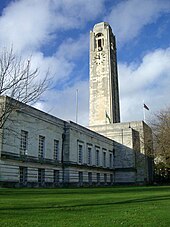
Swansea is a coastal city and the second-largest city of Wales. It forms a principal area, officially known as the City and County of Swansea.

Newport City Council is the governing body for Newport, one of the Principal Areas of Wales. It consists of 51 councillors, who represent the city's 20 wards.

West Glamorgan is a former administrative county in South Wales. It is now a preserved county.

Rhondda was a local government district in the geographical area of the Rhondda Valley, south Wales, from 1877 until 1996, with various statuses through its history.

Neath Port Talbot County Borough Council is the local authority for the county borough of Neath Port Talbot, one of the 22 principal areas of Wales. The council was controlled by the Labour Party from its creation in 1996 until 2022, when Plaid Cymru and a group of independent councillors agreed to share power.

Cardiff Council, formally the County Council of the City and County of Cardiff is the governing body for Cardiff, one of the Principal Areas of Wales. The principal area and its council were established in 1996 to replace the previous Cardiff City Council which had been a lower-tier authority within South Glamorgan. Cardiff Council consists of 79 councillors, representing 28 electoral wards.

The District of Swansea was a local government district with city status in West Glamorgan, Wales from 1974 to 1996.

Rhondda Cynon Taf County Borough Council is the governing body for Rhondda Cynon Taf, one of the Principal Areas of Wales. The council headquarters are located in the community of Cwm Clydach on the outskirts of Tonypandy.
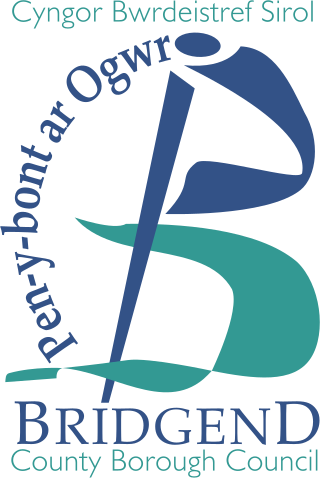
Bridgend County Borough Council is the governing body for Bridgend County Borough, one of the Principal Areas of Wales.
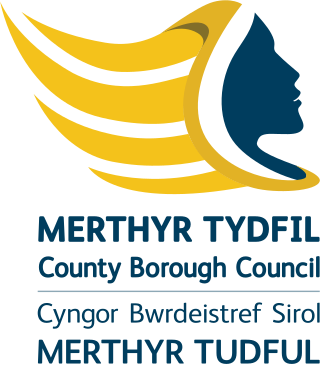
Merthyr Tydfil County Borough Council is the governing body for Merthyr Tydfil County Borough, one of the Principal Areas of Wales.
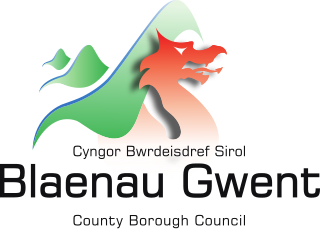
Blaenau Gwent County Borough Council is the governing body for Blaenau Gwent, one of the Principal Areas of Wales.

Cardiff City Council was the local government district authority that administered the city of Cardiff, capital of Wales, from 1974 until 1996. The district council replaced the pre-1974 county borough council. It was succeeded in 1996 by Cardiff Council.

South Glamorgan County Council was the local government authority that administered the county of South Glamorgan, Wales from its creation in 1974 until its abolition in 1996.
The 1995 Cardiff Council election was the first election to the new unitary County Council of the City and County of Cardiff following the re-organization of local government in Wales. It was held on Thursday 4 May 1995. It was followed by the 1999 elections. On the same day there were elections to the other 21 local authorities in Wales and community councils in Wales. Labour won a majority of the seats. It was preceded in Cardiff by the 1991 elections to Cardiff City Council and the 1993 elections to South Glamorgan County Council.

West Glamorgan County Council was the county council of the county of West Glamorgan in south-west Wales, from its creation in 1974 to its abolition in 1996.

Llantwit Major is the name of an electoral ward in the Vale of Glamorgan, Wales. It covers its namesake town of Llantwit Major and neighbouring village of Llanmaes. The ward elects four county councillors to the Vale of Glamorgan Council.
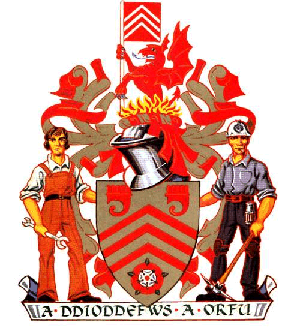
Mid Glamorgan County Council was the upper-tier authority for the Welsh county of Mid Glamorgan between its creation in 1974 and its abolition in 1996.

Cardiff County Borough Council, known as Cardiff City Council after Cardiff achieved city status in 1905, was the elected local authority that administered the town and county borough of Cardiff, Glamorgan, Wales between 1889 and 1974. The county borough council was replaced in 1974 by a district council, covering part of South Glamorgan and also known as Cardiff City Council.
The first election to West Glamorgan County Council and was held in April 1973. It was followed by the 1977 election.
Maesteg East is the name of an electoral ward in Bridgend County Borough, Wales. It covers part of the town of Maesteg. The ward elects two councillors to Bridgend County Borough Council.


